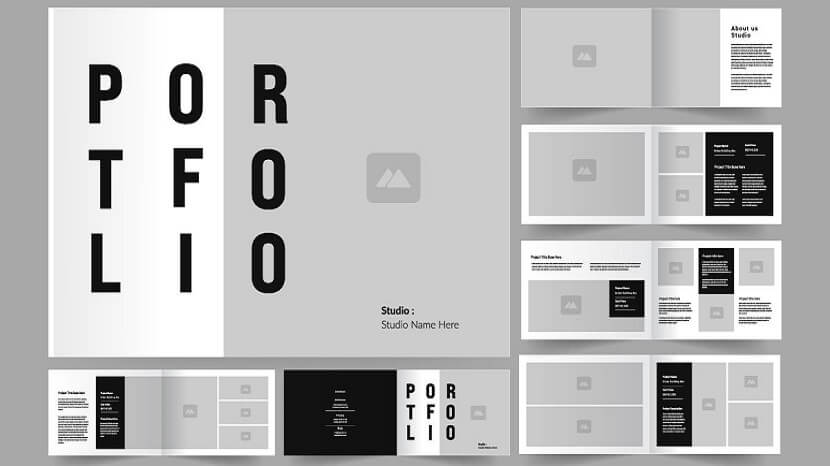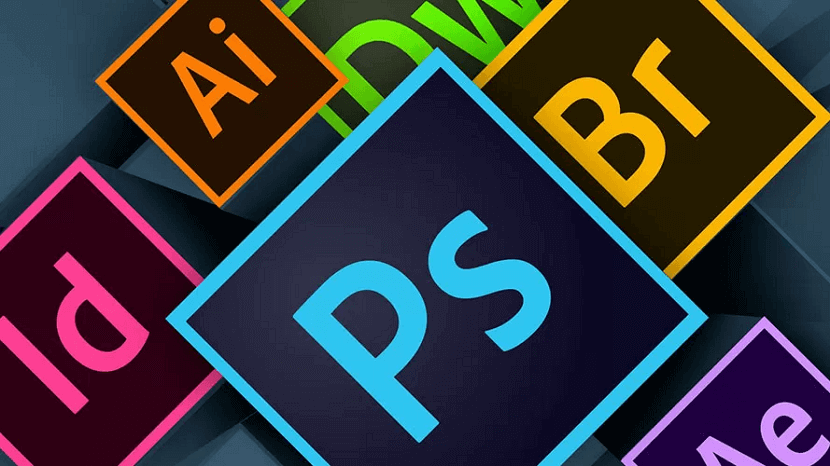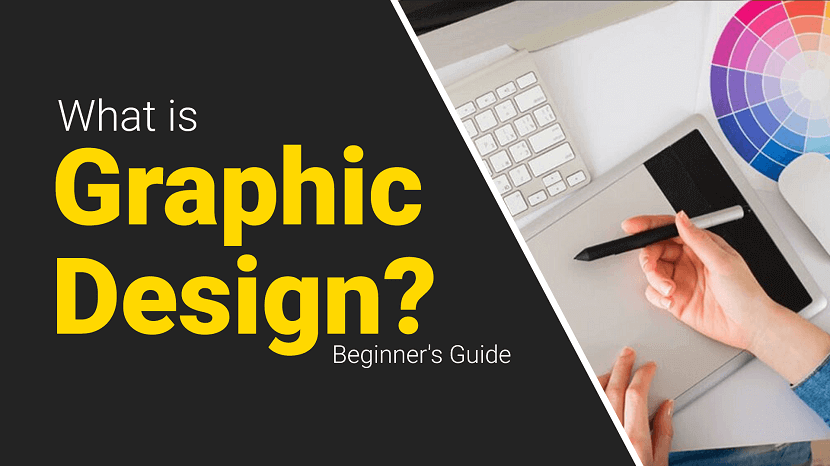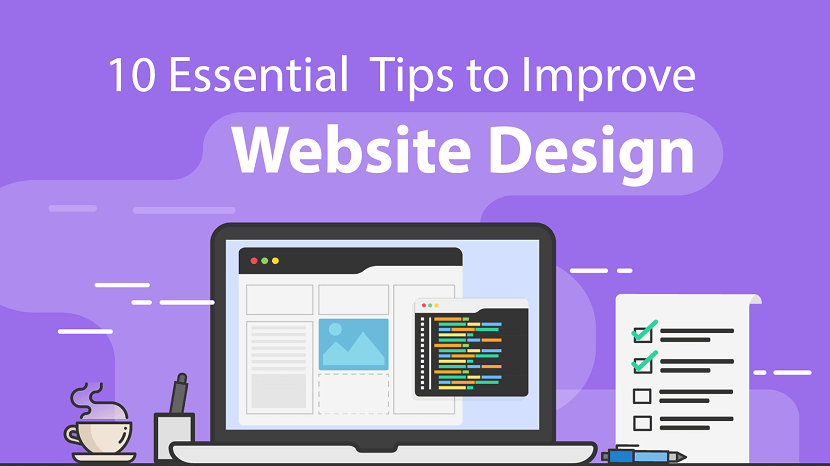
The world of design is vibrant and requires an equally vibrant way of displaying talent and creation with a portfolio. It is more than just a collection of your work, it is the reflection of your thought process, your biography, and your brand. It is the best weapon at your disposal in the fierce and competitive design industry. Whether you are a professional or are just starting out in any industry be it interior designing, fashion, digital art, photography or others, you need to master the art of presenting yourself through your portfolios. Design portfolios which leave a crucial impact on everyone, opening new doors to opportunities for you.
Things To Keep In Mind When You Design Portfolios

Designing a portfolio is not a difficult task, but it is a smart one. It can be daunting, but you can hit your goal with the right approach. It leads to an exciting opportunity to show new people your talents and passion. Keep the following things in mind when you are designing your portfolio for a better and lasting impact on your audience:
1. Understand Your Audience
Your portfolio needs to cater to a specific type of audience if you want it to be successful. If you are creating a portfolio for applying to jobs at the top firms in your industry, it should be up to the standards and preferences of that company. The audience should be able to easily understand your content and style when navigating through your portfolio.
2. Know Your Goals
Before starting to put together a portfolio to showcase your work, keep your objective clear. The end goal of your portfolio matters, as it would be designed differently for every goal. If you are applying to a school, your portfolio would require different work and styles of navigation than it would when you were looking to freelance.
3. Showcase Your Best Work
When working on presenting your creativity, it is essential to showcase only the best of your work. Quality over quantity, as a general thumb rule, goes a long way in the design industry. Make sure to include a well-curated selection of your projects that represent your versatility and tell the observer about your identity as a designer. In every industry, everyone looks for diversity to know that your creativity is reliable and you will be able to handle different challenges.
4. Every Project Needs To Tell A Story
Every project included in your portfolio should include a brief narrative about the project, your process, the background of the project, the challenges faced during the project, and how you managed to overcome them. The storytelling of the project ensures you not only display the end result but also give an insight into your process of working and ability to navigate different problems.
5. Use The Highest Quality Of Visuals
One of the most important things to keep in mind when you design portfolios is that you use the highest quality of visuals. They have the potential to make or break your portfolio and your future. A high-resolution and well-composed image can leave a strong impression on the audience. If you are using PNGs or JPGs, make sure you convert your PNG/ JPG to PDF so that your visuals retain their quality over time. You can use online tools like Adobe Acrobat, which provides services where you can convert JPG to PDF or PNG to PDF.
6. Update Your Portfolio
We all learn more as we work, and there is no harm in updating your portfolio if you create better designs or click better pictures. If you use the PDF format, you can edit it using online services like Adobe Acrobat or even convert it to the format you want to edit it in.
Formats To Use When You Design Portfolios
When you are designing a portfolio, try using PDFs to store your work because of the following reasons:
1. Retains High-Quality Images
A PDF can retain the high resolution of images over long periods of time without the pictures losing their quality.
2. Shared Easily
PDFs can be shared easily with anyone, anywhere in the world. They are the most commonly used ways of sharing information in today's world.
3. Less Storage
They require less storage space, which makes keeping all the files in one place easier and more beneficial.
The portfolios can be designed in any format you want, depending on your field of work. It can consist of PNG images, texts, jpegs and more. But the best way to present your portfolios is through PDFs, as they collect and keep all of your work in a single file and are easily shareable. Convert jpg to pdf or png to pdf for your portfolios now and showcase the best of your work to your new clients. Make sure your portfolios capture the essence of your creativity so that you stand out among the plethora of candidates for your dream role.


If you found this article helpful, we encourage you to share it on your social media platforms—because sharing is caring! For more information about article submissions on our website, feel free to reach out to us via email.
Send an emailWritten by RGB Web Tech
Latest Technology Trends
Latest technology trends shaping the future, including AI advancements, blockchain innovation, 5G connectivity, IoT integration, and sustainable tech solutions. Explore breakthroughs in quantum computing, cybersecurity, augmented reality, and edge computing. Stay ahead with insights into transformative technologies driving innovation across industries and revolutionizing how we live, work, and connect.
Related Articles - Graphic Design

Graphic Design Software Tools
Here is a list of the best graphic design software tools. Discover some of the best graphic design software and tools for all types of designers.

What is Graphic Design
Graphic design is visual storytelling. It combines art and communication to create impactful designs that convey messages and captivate audiences.

Color Psychology
Color is all around us, but what impact does it really have on our moods, emotions, and behaviors? Color psychology seeks to answer this question.

How to Improve Website Design
Here are 10 ways to improve the user experience of your website without shelling out a ton of money for a redesign.

Principles of Design
We interact with design on a daily basis whether we realize it or not – but what makes design good? Learn more about the basic principles of design.

Design Portfolios Mastering The Art Of Creating And Presenting
Learn to create stunning design portfolios that showcase your skills, impress clients, and master the art of presentation with our expert guide.

How to Ensure Your Logo Stands Out in a Crowded Market
Learn key tips to create a standout logo in a crowded market, from design principles to brand alignment. Make your logo memorable!
